Organic Cattle and Grass Farming in Costa Rica
Finca Quijote is located in one of the wettest places on earth. We get 6 meters of rainfall per year on average. Our elevation is 800 meters above sea level to 1100 meters on the highest “cero” or mountain top.
The 517 hectares of Quijote consists mostly of forest, some pristine old growth in the mountains, secondary forest where logging occurred years ago and some open land near the rivers where sugar cane and coffee were grown. The town of la Esperanza (The Hope), was at the center of our farm with a school, houses, sawmill, cantina and trampiche (sugar mill) on the relatively flat land portion. December 1957 is etched in the concrete of the trampiche. This area was also the most abused land, where sugar cane was grown on the “flat” land and coffee on the slopes. In the 70’s and 80’s it was the world’s most profitable coffee farm! Actually it was a money laundering operation. Garbage was burned and/or buried; sewage was dumped in a pit. We are still finding clothing fragments, shoe soles and other detritus of life.
The previous absentee owner had purchased the land from the government at auction after the money launderers went to jail. Coffee bushes were left over much of the land. Land thieves set up crude housing, harvested the coffee and tried to claim the land as their own, so the rightful owner had the coffee bulldozed along with most of the topsoil. The resident caretaker family was allowed to eke out a living with sugar cane, wood from the river and off farm jobs. All things considered, the place was perfect.
My original idea was to reforest with the incredibly beautiful hardwoods native to the region. We would grow bamboo for erosion control and construction, and develop the farm in the permaculture models, adding animals and crops for our own consumption, healing the land in the process. We wanted to eat our own organic food…fruits, veggies, eggs and grass fed beef.
I did everything wrong. Well almost. I got the right cows, but the fences needed work, the pastures were poor, native grass and weeds, and twenty was way too many cows. One crazy cow immediately ran through a fence and left town. She was captured 3 weeks later and we sold her cheap as she was violent. The cow bounty hunter, who came for her saw a great bargain, bought her and she broke his arm later that day. Another cow fell off a cliff into the river. A very inconvenient place to butcher, but the neighbors were thrilled to help and get some free meat.
The right cows were Brahman novillas, the white ones with the hump and long droopy rabbit ears. They have tough feet which don’t rot in the mud. My idea was to breed them to a docile dual purpose breed that we could milk eventually and eat. We chose Pardo Swiss, and bought a really great looking bull, young and studly, up all the time, but somehow could not get the job done. He was replaced by Bull-E, who did much better, and the Quijote herd began to develop. We now have our third bull Mr. Eslabon, a big gentle beefy guy who loves to have his face scratched. Our five best third generation Quijote cows currently have three calves, one a little torito. We plan to begin milking the next generation, and the docility of the Brown Swiss is very important as we do not dehorn our cows. The four toritos and one push cow we have eaten have been delicious.
If you have too many cows and not enough great pastures, you must find, cut, transport, chop and present a large quantity of palatable grass each day. That is 28 to 33 pounds per cow of fresh grass per day, more for lactating cows. That was not a huge problem as plenty of wild king grass (panicum) grows locally and our workers were happy to go for a ride to cut and load a truck full. We run the cut grass through a mulching machine, sprinkle it with mineral and salt supplement, and the cows are happy. We saved the seed and the lower stems, and planted them on our farm as our first grass crop.
This type of cut and remove system is very common in the tropics. Many lower income people are able to have a cow or two by collecting grass along the roadway with a push cart. Of course it is not sustainable to burn fuel and man power like that to sell calf’s or milk. We had to refine our processes, but our herd was providing other services. They produce manure while eating down the rampant growth of a mountain of tropical weeds and shrubs. Cow manure provides the bacterial compost starter for aerobic decomposition which is the basis for organic fertility. We begin a new compost pile each week wherever there is green trash to be cut. The muchachos chop it up a bit with machetes and we layer the manure in between the trash building a pile about 4-6 meters long and two meters tall. It decomposes to less than half of that volume in 8-10 weeks and we use it as soil mix when planting in the field or in the nursery.
To improve the efficiency of this system as well as the health of the animals, the soil and the over-all farm organism, we began with improved grass breeds. First was the Panicum Maximum hybrid Mombaza, which produces clumps of wide leaves of higher crude protein content than the wild Panicum.
The feed stores love to sell grass seed because they recommend herbicide and insecticide treatment along with huge quantities of seed.
They were very disappointed that I only wanted one kilo bag of seed. For soil preparation we chop the field and leave the trash where it falls. We then cover the area with ground fabric, a black woven polypropylene 12′ wide. It blocks almost all of the light from reaching the soil, but rainwater passes through it. The soil life eats up the trash and most plants under it die from lack of light. The earthworms and microbes thrive on this condition. After 2-3 months we move the fabric and we are ready to plant.
In the meantime we grow little grass plants. With compost enriched soil we fill our cell packs, 51 count plastic flats (size 30cm x 50cm) and sow about 10 -15 seeds in each. They call it a nursery because you have babies that are delicate and have needs for a while. Protection from hard rain is first, bright light and adequate water are critical as the small cells can dry out quickly. When the little grasses are all germinated they are weeded and moved to full sun where their organic fertilizer regimen begins.
Human urine is sterile when it first sees daylight, it is also so rich in nutrients that it grows microbes rapidly. I put EM (Effective Microorganisms) in the collection containers to fix nutrients and control the odor, mostly ammonia, or urea nitrogen. EM is propagated and sold by many people now. Batch microbe populations are variable, but the idea is a group of various beneficial organisms which help to break down organic material, improve soil life and make nutrients available to plants. In the morning I take my liter of urine infused with good microbes and put half of it in with 5 liters of water in a watering can and give my grass plugs a drink, then again in the evening. The growth response is remarkable.
We grow the plugs for about 2 months, “mowing” them with scissors bi-weekly, and on planting day. They handle much easier crew cut and are less stressed by field conditions. We pull them out of the cells and repack them in open flats. Once the fabric is moved and persistent weeds rooted up, one guy makes holes in the soil while another follows behind puts the plus in and dresses them.
We find it very helpful, though laborious to mulch with newspapers after planting. This treatment lasts about two months or much longer if covered with other cut grass. By then the new planting is dominant and able to suppress weed growth. Gradually the most cunning and insidious, maddening malezas insinuate themselves into the sward frequently hiding in the very center of a grass clump. There they hide their time waiting for a cutting to give them full sun to advance their agenda…root deeper, spread wider and reproduce. This is our opportunity to clean out the clumps, to pull out dead thatch and weeds, at huge benefit to the grasses though once again very labor intensive.
So…after seven years our “cut and remove” acreage is fully planted with five varieties of grass. We have also been working on pasture improvements for the past five years. The pastures are not pretty. They range from basically flat to 25% slope and consist of clay, mud and rocks. We have a rainy season from May through December, and then a less rainy season the rest of the year. The relatively flat land just won’t drain. We “ripped” it once, which helped for a year. Later we dug some deep drainage ditches with a backhoe breaking through the clay pan at about 12 to 18 inches. This effort helped for a while, but it is still a mud bog. It does have a huge earthworm population. The cattle compact it, then the worms aerate it enough to support some grasses. There are plenty of unpalatable things that love this condition, like bitter sedges, white ginger and dormilona, a sensitive plant with spreading habit and nasty thorns, very deep rooting. I must confess at this point that I allowed my guys to spray herbicide on one parcel, as we just could not control these weeds. It got the dormilona and ginger, but not the sedge. We are digging up the sedge and planting plugs of a new Bacharia hybrid from the University of Florida called Caimen. The seed was very expensive and had poor germination, but our cell pack technique got enough started to fill in where we dug up the sedges. Caimen is especially for water logged soil, and we have hopes for its future seed production on the farm. Another local grass called Tanner is perfectly happy in a pond, as well as our mud, and the cows eat it. They trample it’s runners into the mud, planting it fresh for the next rotation. The nutritive value and volume available are not so high and the cows demand cut and shredded high quality grass with mineral salt. This gives us the best, fattest Brahman cattle we have ever seen.
We have tried several legumes to boost nitrogen levels in the soil. The best has been Centrocema Pubescuens, a twining vine palatable to cattle. Others couldn’t take the soil saturation. We had great hopes for Leucaena, some lived but, did not provide the tons of fodder it can in some other conditions. “Mani”, or forage peanut is great ground cover, but invasive in the cut and remove system that is better in the drier pastures. We are now planting a wider variety of shrubs, fruit trees and grasses in the pastures.
Finca Quijote is a Wet Tropics Permaculture Educational and Demonstration Farm. The family run farm of 517 hectares is deep in the Costa Rican Wet Tropics. Your hosts, Ginnee, Felipe (Phil), Erika, and William have ten years of experience on the developing of sustainable systems and healing the lands from decades of neglect. Composting, hydro-electric, solar power, bio-digester, plant nurseries, and native forage crop development are just a few of the sustainable systems being used. Visitors, students and researchers are welcomed and treated to a truly beautiful, protected, and wild landscape. All foods for meals are grown locally or on-site. A truly off-grid homestead. You can find out more about them at their website https://www.fincaquijote.com/



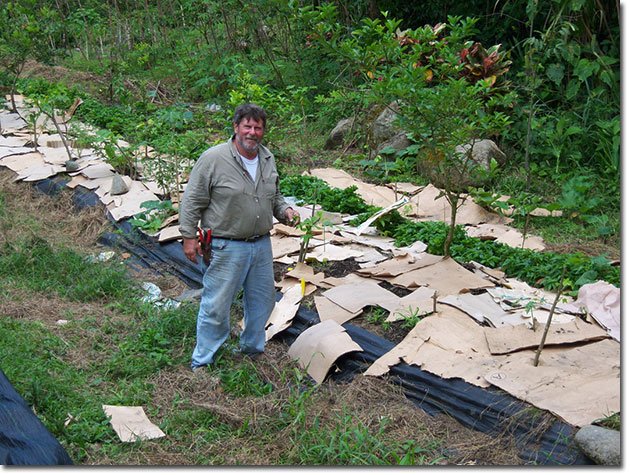
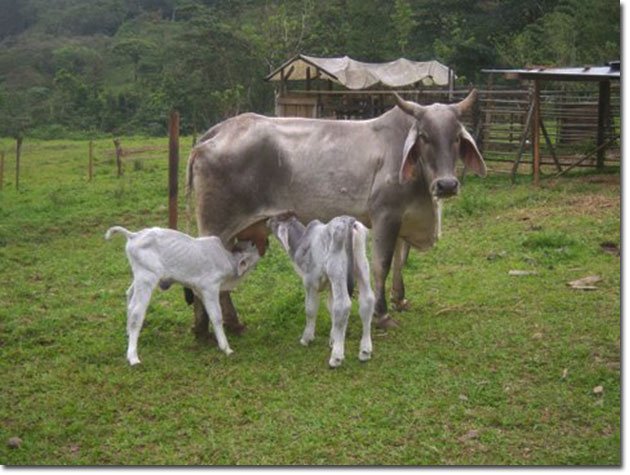

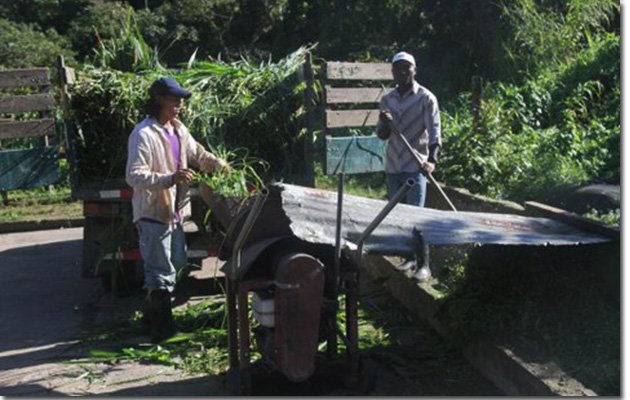
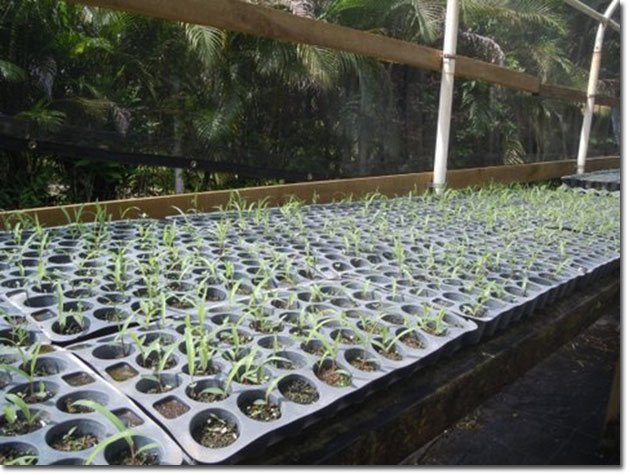
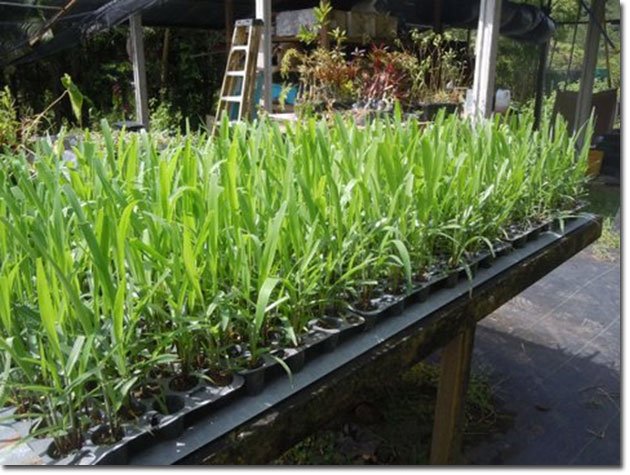
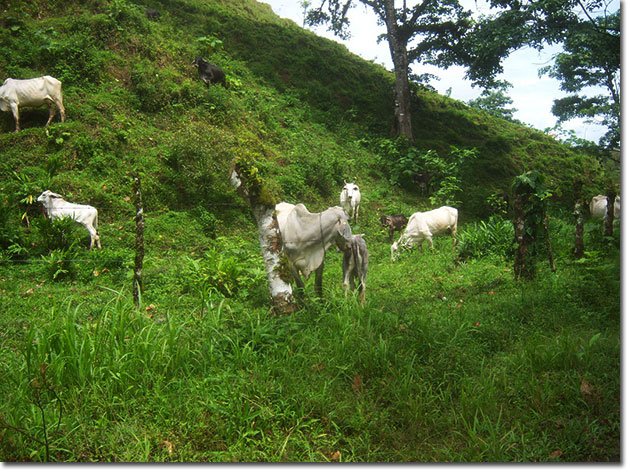










Amazing.
From one Tico to another….
Fantastic and inspiring
I bet with such a high rainfall your soil lacks calcium. If you want to improve drainage spread a lot of limestone and gypsum.